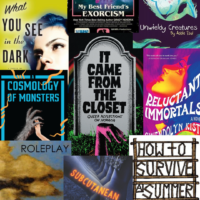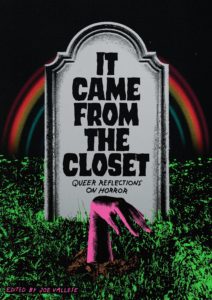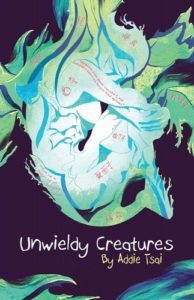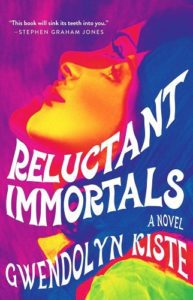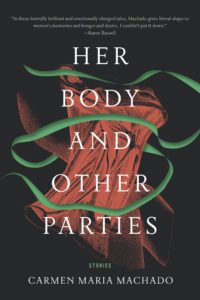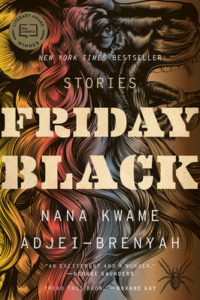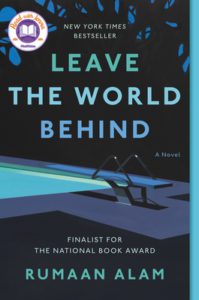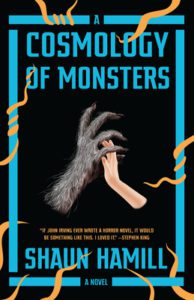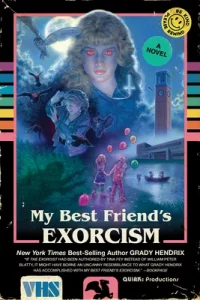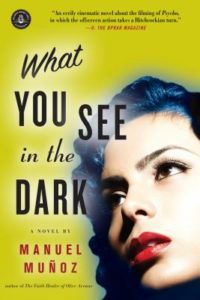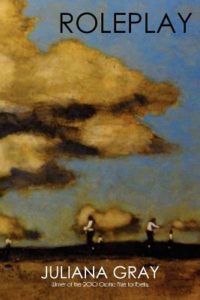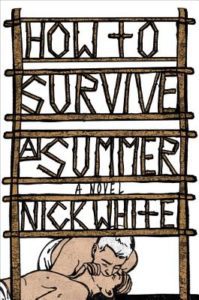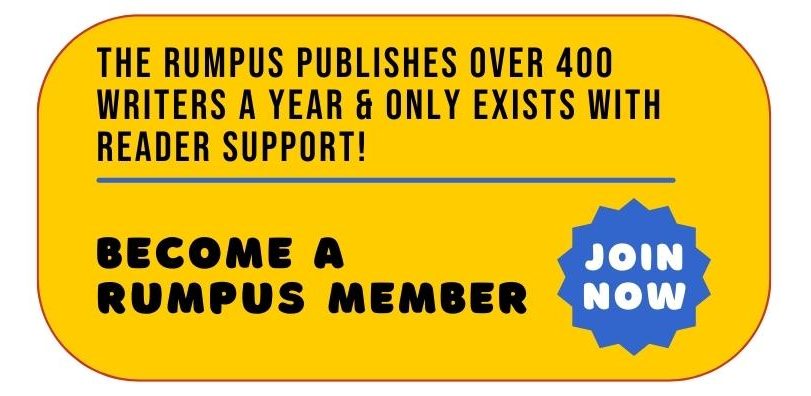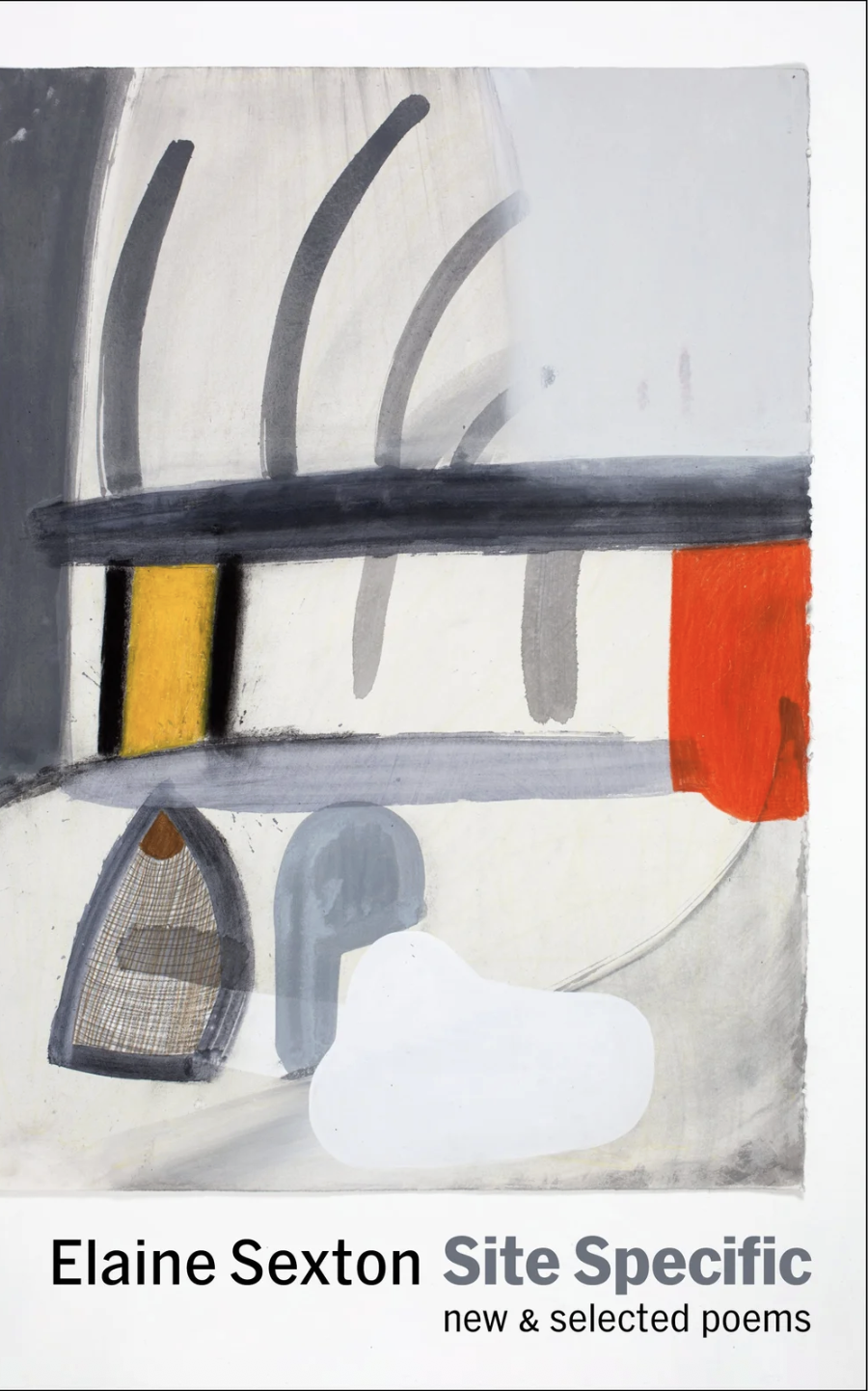When I was curating and editing It Came from the Closet: Queer Reflections on Horror, which features twenty-five personal essays by queer and trans writers on the horror films that both shook them and shaped them, I also tried keep in mind the reader who doesn’t love horror. One’s repulsion for the genre can be as intimate and complicated as another’s passion for it, so I felt it was important that potential readers need not be expert, or even familiar with, the films of focus in order to connect with the essays. Though horror fans tend to be pushers at our core – nothing brings us greater, mischievous pleasure than introducing someone to a scary movie we’ve seen a gajillion times and keeping one eye on the screen and one eye on them as we anticipate their reaction to The Moment (you know The Moment; every horror film has one) – the essays in Closet construct new contexts for the films they examine and, hopefully, invite the more trepidatious reader to make themselves vulnerable to horror and what it can tell us about ourselves.
That said, I (sadly, regretfully, mournfully) recognize horror movies simply aren’t for everyone, and I imagine it can be lonely come October, when friends on social media are posting their 31 Days of Horror daily film entries, racking up as many jolts as they can before the leaves are all gone and animatronic Santas replace the banjo-plucking skeletons at Target. But fear not! While your pals are streaming themselves into oblivion, you can treat yourself to one of these horror movie adjacent texts to satisfy your scary movie curiosities without the jump scares and (you say) gratuitous (I say generous; tomato, tomahto) gore.
***
Unwieldy Creatures by Addie Tsai
Tsai’s beautiful and strange biracial, nonbinary queer retelling of Mary Shelley’s Frankenstein is just begging for a big, bold film adaptation (you listening, Hollywood?). While it respects the structure and themes of Shelley’s original tale, Tsai reboots a familiar formula with contemporary tensions such as same-sex reproduction and societal rejection of bodies that exist outside of cis-het norms and systems.
Reluctant Immortals by Gwendolyn Kiste
Kiste similarly pulls off a massive feat of intertextuality with her Reluctant Immortals, a novel that resurrects two oft-forgotten female characters of classic literature – Jane Eyre’s Bertha Mason, Rochester’s first wife, who is confined to the attic for questionable reasons, and Lucy Westenra who suffers a cruel death (and second death in the afterlife) at the hands of Dracula – and allows them to reclaim their respective narratives in satisfying and surprising ways.
Her Body and Other Parties by Carmen Maria Machado
When I was a kid, my aunt showed up to Sunday dinner with a silk scarf tied around her neck and warned me that if I touched it her head would roll right off her body. Around the same time, I saw Tales from the Darkside: The Movie, which featured a segment where a man is attacked by a gargoyle monster who spares his life in exchange for the promise that the man never betrays the monster by telling anyone about the encounter. Fast forward 30 years, to when I first cracked Machado’s Her Body and Other Parties and fell deep into opening story “The Husband Stitch,” which recalls similar urban legends and folklore and filters them through Machado’s trademark spooky-sensual feminist gaze. Machado is a very serious horror connoisseur and it shows in the many ways she crafts silent scares and eerie devastation throughout the collection.
Friday Black by Nana Kwame Adjei-Brenyah
It feels almost reductive to call the stories in Adjei-Brenyah’s debut collection dystopian when so many of their themes already seem like both past and prologue. Everything here is at once heightened—Adjei-Brenyah addresses searing social issues such as police brutality, systemic racism, abortion, and unrelenting consumerism with unnerving singularity—and subtly disquieting. And yet Adjei-Brenyah’s nimble steering of this satirical ship makes Friday Black feel exuberant somehow.
Leave the World Behind by Rumaan Alam
Alam’s celebrated novel about strangers’ worlds colliding against the backdrop of some unseen disaster is a masterclass of dread and paranoia, where a description of an unexpected knock on the door is as nail-biting as any chase scene in a big screen slasher.
Two college friends discover, and soon become trapped in, their rental house’s basement that literally does not end: walls lengthen, new staircases constantly appear, and eventually they begin to see their own doubles wandering the labyrinth. What’s more, according to Reed, “Subcutanean is a permutational novel: the text can be rendered in millions of different ways,” so, in theory, one could buy several copies and find narrative variations both small and significant. There’s something satisfyingly creepy and clever about Reed merging content and form together in this way.
A Cosmology of Monsters by Shaun Hamill
It would be a disservice to say too much about the plot of Hamill’s debut – after all, you only get to read it for the first time once – but if you’ve ever been curious what you’d get if you crossed compelling family drama, Lovecraftian lore, and Barker-esque imagery, this is the book for you.
My Best Friend’s Exorcism by Grady Hendrix
If Linda Blair’s head twisting with the ease (and similarly plasticky crunch) of a Barbie doll is too much for you to handle, Hendrix’s poppy and joyfully retro novel will be a fine replacement. The characters inhabiting Exorcism are as cozy as your favorite ’80s teen comedy and the scares are mercifully over the top.
What You See in the Dark by Manuel Munoz
Munoz’s novel is Hitchcockian on multiple levels: its narrative unfolds with a similar rhythm, pacing, cadence, even color (lots of black and white, shadows and light, all moody chiaroscuro) as many of the Master of Suspense’s best films, while the plot itself is set against the backdrop of Psycho being filmed in 1959 Bakersfield, California. This juxtaposition makes for a uniquely cinematic reading experience that offers a memorable compromise for those too squeamish to watch the infamous Shower Scene.
Should What You See in the Dark veer too closely to real scares, poet Juliana Gray’s collection Roleplay features a particularly stunning section titled “Boxed Set,” in which each poem is inspired by a film in a nine DVD Hitchcock boxed set.
How to Survive a Summer by Nick White
If this summer’s conversion camp slasher They/Them wasn’t on your radar (or if, like me, you’d prefer to forget all about it), White’s How to Survive a Summer certainly should be. Though Summer isn’t a horror novel per se, there is a (fictional) horror movie at its center, as well as the (very real) horrors of conversion therapy.
Finally, if you want to earn some horror movie street cred without actually having to watch one, there are few screenplays more perfectly composed and compulsively readable than Williamson’s original entry in the meta-horror franchise. Scream singlehandedly reinvigorated the genre by wryly repurposing its threadbare tricks and tropes into something fresh and genuinely exhilarating. It’s full of scares, but never at the expense of telling a compelling story.
